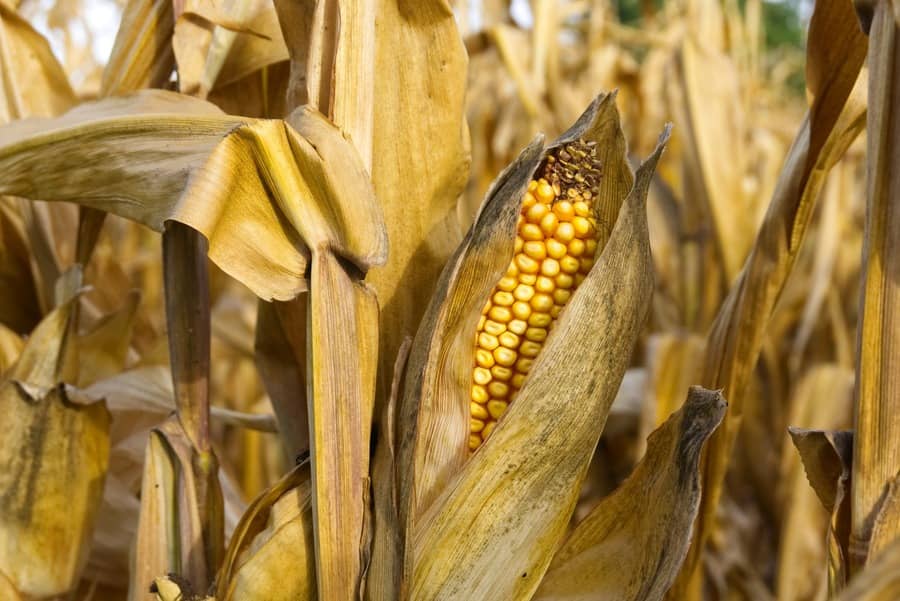Porto Alegre, June 20, 2023 – Another year in which the planting, in excellent initial conditions, offers signs of drought for the North American corn crop in its development phase. Planting was carried out in a very favorable and early manner, a situation similar to that of 2012. That year, the rains stopped on June 20 and the North American summer was extremely dry, leading to the biggest crop failure in local history. . For the time being, this is just a planting correlation, but that starts to lead to greater concerns if this second half of June does not show the resumption of rains throughout the Midwest. Losses in the North American crop in 2023 could be the signal that prices can inhibit the more bearish pressures for 23/24, at least in corn.
The US crop has the characteristic of guiding world corn prices due to its size and global representativeness, bringing security of supply in the most critical moments. This year, after the release of planting intentions at 92 mln acres, with recovery in relation to 2022, USDA brought a first estimate of productivity to project supply and demand. The last record was obtained in 2021 with 177 bushels/acre. The Department surprised the entire market by projecting, prematurely, a productivity of 181.5 bushels/acre for 2023, without the crop having even been planted. The number is not impossible, but it is not technically advisable to project an initial super productivity, or the record of records, without crops being at least planted.
However, owing to the weather scenario, this high initial projection may suggest an initial cut, for the July report, to the previous record of 177 bushels/acre. If this happens, perhaps crop conditions induce USDA to cut production from the current estimate of 388 to 378 mln tons. So, everything that has been seen so far may cost only 10 mln tons in the first production adjustments. More accelerated cuts will only occur if the rains in July are still below normal and reach the critical phase for corn, that is, pollination and silking.
The situation became more dramatic over the week due to weak rainfall in Illinois, the second-largest corn-producing state, for the last thirty days. Rainfall improved in Indiana and Ohio but was still not satisfactory in Illinois. Besides, it rained a little last week in the biggest producer, Iowa. Completing the picture, the arrival of higher temperatures across the Midwest accelerated the worrying tone about crops. The whole issue is in mathematical climate models, which seem to have been lost in the configuration of a short-term climate trend closer to the real and disorienting the market. From now on, it will be the weekly picture that will be the determining factor. With rains, prices will be pressured again. Without rain, there will be new rallies.
The Canadian and European models forecast 2 to 4 inches or 50 to 100 mm of rainfall for the next two weeks across much of the US Midwest, solving the short-term issue of lack of crop moisture. Now, the issue is the predictability of the models and their confirmation in crops. Along with this scenario, the market is starting to prepare for the planted area report on June 30. Maybe some reduction in the area planted with corn, due to the weather, with some increase in the soybean area? That is a possible bias in the face of events.
At the same time, US corn exports have been quite difficult. With Brazil starting its second crop harvest and imposing sales pressures abroad, demand seems calm and unhurried. Without strong export demand, USDA could still raise current stocks by cutting the projection for external sales.
Follow the Safras Agency on our website. Also follow us on our Instagram and Twitter and stay on top of the main agribusiness news!
Copyright 2023 – Grupo CMA

